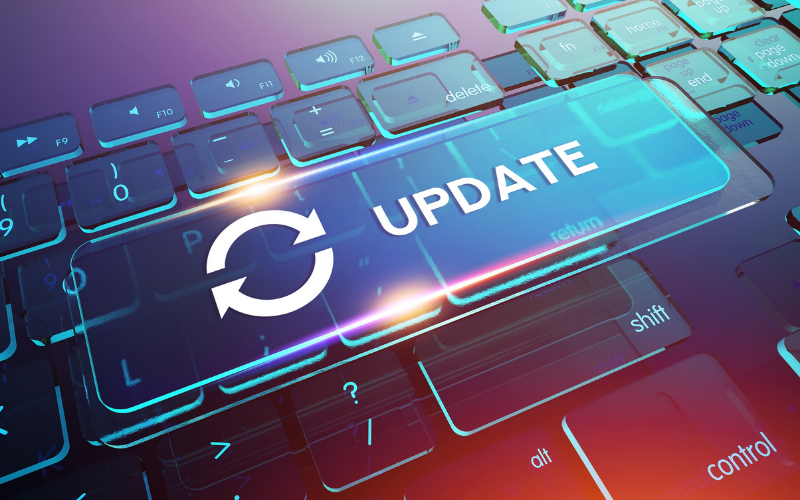Please note: This post is brought to you by our friends at Hushmail.
How are you handling your practice in this time of COVID 19? Are you still giving your patients paper forms to fill out while they wait for their appointment?
Today, as you’re doing your best to keep your patients safe and limit congestion in the waiting room, having web forms available for them to fill out and electronically sign before they come to your office is more important than ever.
If you don’t know much about e-signatures, it might sound a little complicated, but don’t worry. In most cases, e-signatures are simple and easy to use.
There are numerous e-signature services to choose from, and some services like Hushmail include e-signatures with digital forms, so there’s no need to purchase a separate service.
Today, it’s possible to enjoy the benefits of going entirely digital. Here are some compelling reasons to make the change that will dispel any lingering doubts.
E-signatures are reliable
Electronic signatures are legally binding as long as they comply with the requirements of the Electronic Signatures in Global and National Commerce Act (ESIGN) and the Uniform Electronic Transaction Act (UETA). ESIGN is the national law that was signed in 2000, and UETA sets forth standards at the state level (except for Illinois, New York, and Washington, which have their own legislation).
These two laws spell out certain criteria that, if followed, give e-signatures the same validity as handwritten signatures:
- Intent to sign. Just like a handwritten signature, an e-signature must show that the individual intends to sign the document. This can be established with the act of typing a name, drawing the name with a trackpad, or with an “accept” button.
- Consent to do business electronically. An e-signature must be accompanied by a documented agreement that says the signer has consented to sign the document by electronic means. This might be a consent clause attached to the “accept” button.
- Association of signature with the record. This means a record associated with the e-signature must be created, documenting the process by which the signature was executed.
- Record retention. All e-signature records must be retained, available, and reproducible for all signing parties or others entitled to access to the record. All other copies must be destroyed.
It’s important to note that ESIGN and UETA do not apply to some documents such as wills, adoption documents, and property contracts.
E-signatures are convenient for you and your patients
Besides ridding you of having to constantly replenish your supply of pens, e-signatures have a way of making things much easier for both you and your patients. For one thing, e-signatures let your patients sign whenever, however, and wherever they or you choose.
Email them forms a week ahead of time so they can fill them out when it’s most convenient. Most web forms with e-signatures work on any device, which means your patient can sign a form while they’re waiting in line at the grocery.
The most convenient situation for the practitioner is when an online forms service, such as Hushmail, also provides electronic signatures to be used together in one package. Otherwise, you’ll be required to subscribe to two different services that may or may not work seamlessly together.
E-signatures are with the times
Even before COVID 19 appeared in our communities, patients were coming to expect the convenience of online scheduling, online forms, and online signatures. Dental practices were already pointing themselves in the direction of going paperless, with e-signatures likely to become the norm.
Now, as we all adjust to a greater awareness of objects we touch and our personal space needs, pen-and-ink signatures and crowded waiting rooms are feeling increasingly uncomfortable.
Fortunately, the widespread use of digital devices makes e-signatures easy for your patients. You can choose now to be on the leading edge of practice management by giving your patients the option to sign electronically from the comfort of their homes.
There’s no downside to e-signatures
If you use e-signatures correctly, there’s no downside and clear benefits. Try to make sure you follow these guidelines when you choose your service, and you’ll be all set to enjoy the convenience from enabling your patients to e-sign:
- Make sure your e-signature service complies with ESIGN and UETA
- Choose a service that’s easy to integrate with your digital forms or that comes with a digital forms service
- Notice the time and resources online forms and e-signatures free up for your practice





-2.png)
.png)